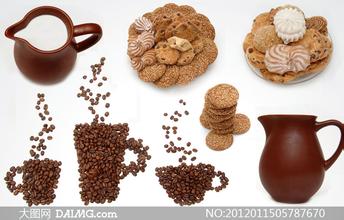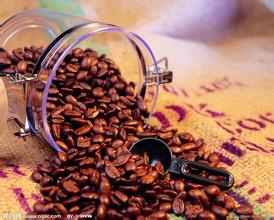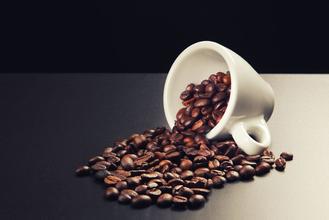The differences and processes of primary ways of sun exposure, water washing and honey
The differences and processes of primary ways of sun exposure, water washing and honey
Skin / pulp: two coffee seeds are surrounded by the outermost pericarp. Except for sun-or all-natural sun-treated coffee, the outermost peel is disposed of within hours of harvest. As edible fruit, we can also call this layer of peel pulp. In the case of coffee, this peel is mostly used as a by-product (can be used as dried coffee fruit tea). This is why it is called pulp, and the machine that detaches from the pulp is called a separate pulp collector.
Pectin: the pectin of a coffee fruit flowing inside the pericarp. The gelatinous substance surrounds the two seeds. Because it is rich in gum and sugar, it is sometimes called honey. Pectin can be found in most fruits and is not unique to coffee fruits. )
Endocarp: after pectin, there is a layer of cell membrane to protect two coffee beans. Endocarp in the sun, the appearance and texture are similar to Kraft paper, also known as "Kraft paper".
Silver film: the inner pericarp goes further, and there is a thinner film that wraps the seeds. This film is called silver film because it has a slightly silver luster. This silver film will be removed during baking. If you have ever noticed coffee beans falling on the ground, the silver film is usually more or less not separated from the coffee beans during the baking process.
coffee beans: you will find that basically every coffee fruit contains two coffee beans (round beans are different because they have only one in the coffee fruit and are round beans. Usually only about 5% of all coffee produces round beans. When we receive it, it will be dried and peeled to prepare for baking.

Important Notice :
前街咖啡 FrontStreet Coffee has moved to new addredd:
FrontStreet Coffee Address: 315,Donghua East Road,GuangZhou
Tel:020 38364473
- Prev

Why the coffee grown at high altitude is of high quality
Why the quality of coffee grown at high altitude is 1. 5% higher. The importance of altitude, that is, the altitude at which coffee grows, will directly affect the size of coffee beans.
- Next

How long does it take to plant coffee before it bears fruit?
Coffee flowering is how long it takes to plant coffee trees to bloom in a few years, when coffee trees bloom, Xiaobian will introduce you to this. Coffee tree opposite leaves are long oval, leaf surface smooth, terminal branches are very long, few branches, and flowers are white, open at the base of the petiole connecting branches. In fact, in 525 BC, the Arabs
Related
- What brand of black coffee is the most authentic and delicious? what are the characteristics of the flavor of the authentic Rose Summer Black Coffee?
- Introduction to the principle and characteristics of the correct use of mocha pot A detailed course of mocha pot brewing coffee is described in five steps.
- Which is better, decaf or regular coffee? how is decaf made?
- How much is a bag of four cat coffee?
- How about four Cat Coffee or Nestle Coffee? why is it a cheap scam?
- Which is better, Yunnan four Cats Coffee or Nestle Coffee? How about cat coffee? is it a fake scam? why is it so cheap?
- How about Cat Coffee? what grade is a hoax? which instant coffee tastes better, four Cat Coffee, Nestle Coffee or G7 coffee?
- Process flow chart of coffee making-Starbucks coffee making process what coffee tastes good at Starbucks
- The top ten best coffee beans in the world Rose summer coffee or Tanzanian coffee tastes good
- Yunnan four cat coffee is good to drink?_four cat coffee is a big brand? four cat blue mountain coffee is fake?

